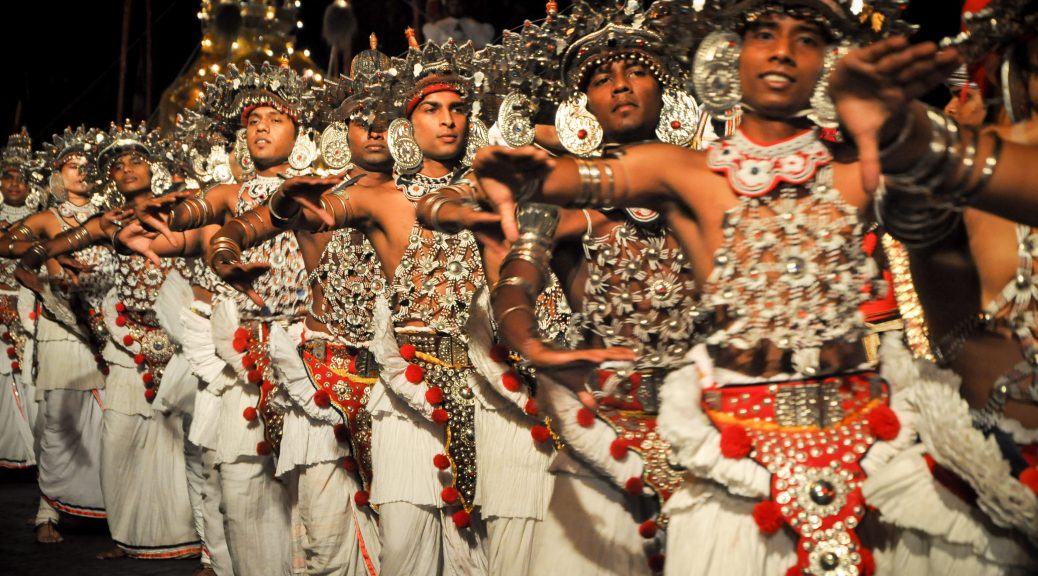prekforalldc.org – The Kandyan dance, a mesmerizing blend of cultural heritage and artistic expression, stands as a testament to the rich tapestry of Sri Lankan traditions. Originating from the Kandyan Kingdom, which was the last stronghold of the Sinhalese kings, this dance form is not just a performance but a window into the island’s history, religion, and social customs.
Historical Roots of the Kandyan Dance
The origins of the Kandyan dance can be traced back to ancient times, with its development closely linked to the rituals and ceremonies of the Sinhalese people. It was traditionally performed in the royal courts of Kandy, the last capital of the ancient kings of Sri Lanka, and was a significant part of the temple rituals dedicated to the gods. Over centuries, the dance has evolved, absorbing influences from various cultures that have interacted with the island, yet it has retained its unique Sinhalese identity.
The Dance Performance
A Kandyan dance performance is a visually stunning spectacle, characterized by intricate footwork, hand gestures, and facial expressions. The dancers, adorned in vibrant costumes and elaborate headdresses, move in synchronized patterns to the rhythm of traditional drums, creating a harmonious blend of movement and music.
The Role of Drumming
Central to the Kandyan dance is the rhythmic accompaniment provided by the drummers. The primary instruments used are the Kandyan drums, which include the Geta Bera, Daula Bera, and Yaka Bera. These drums, with their distinct sounds and rhythms, play a crucial role in setting the tempo and mood of the dance. The drummers, with their skilled hands and precise timing, are as much a part of the performance as the dancers themselves.
Costumes and Makeup
The costumes of the Kandyan dance are as integral to the performance as the dance steps themselves. The dancers wear colorful silk costumes, often adorned with gold and silver threads, and elaborate headdresses that can weigh up to 10 kilograms. The makeup, particularly the facial decorations, is another essential element, with each design carrying symbolic meaning.
Symbolism and Storytelling
Beyond its aesthetic appeal, the Kandyan dance is rich in symbolism and storytelling. Many of the dances depict stories from Sri Lankan folklore, mythology, and the life of the Buddha. The dancers use a combination of hand gestures (mudras), facial expressions, and body movements to convey these narratives, making the Kandyan dance a form of silent storytelling.
Preservation and Popularity
Today, the Kandyan dance is more than just a cultural relic; it is a living tradition that continues to captivate audiences worldwide. Efforts to preserve and promote this art form have seen it being performed at cultural festivals, tourist events, and international stages. Schools and dance academies across Sri Lanka dedicate themselves to teaching the next generation of Kandyan dancers, ensuring the survival of this unique cultural heritage.
Conclusion
The Kandyan dance is a vibrant expression of Sri Lanka’s cultural heritage, blending history, religion, and art into a mesmerizing performance. It stands as a symbol of the island’s rich artistic traditions and its ability to adapt and thrive in the modern world. For those who witness it, the Kandyan dance offers a glimpse into the soul of Sri Lanka, a country where the past and present dance in harmonious rhythm.
